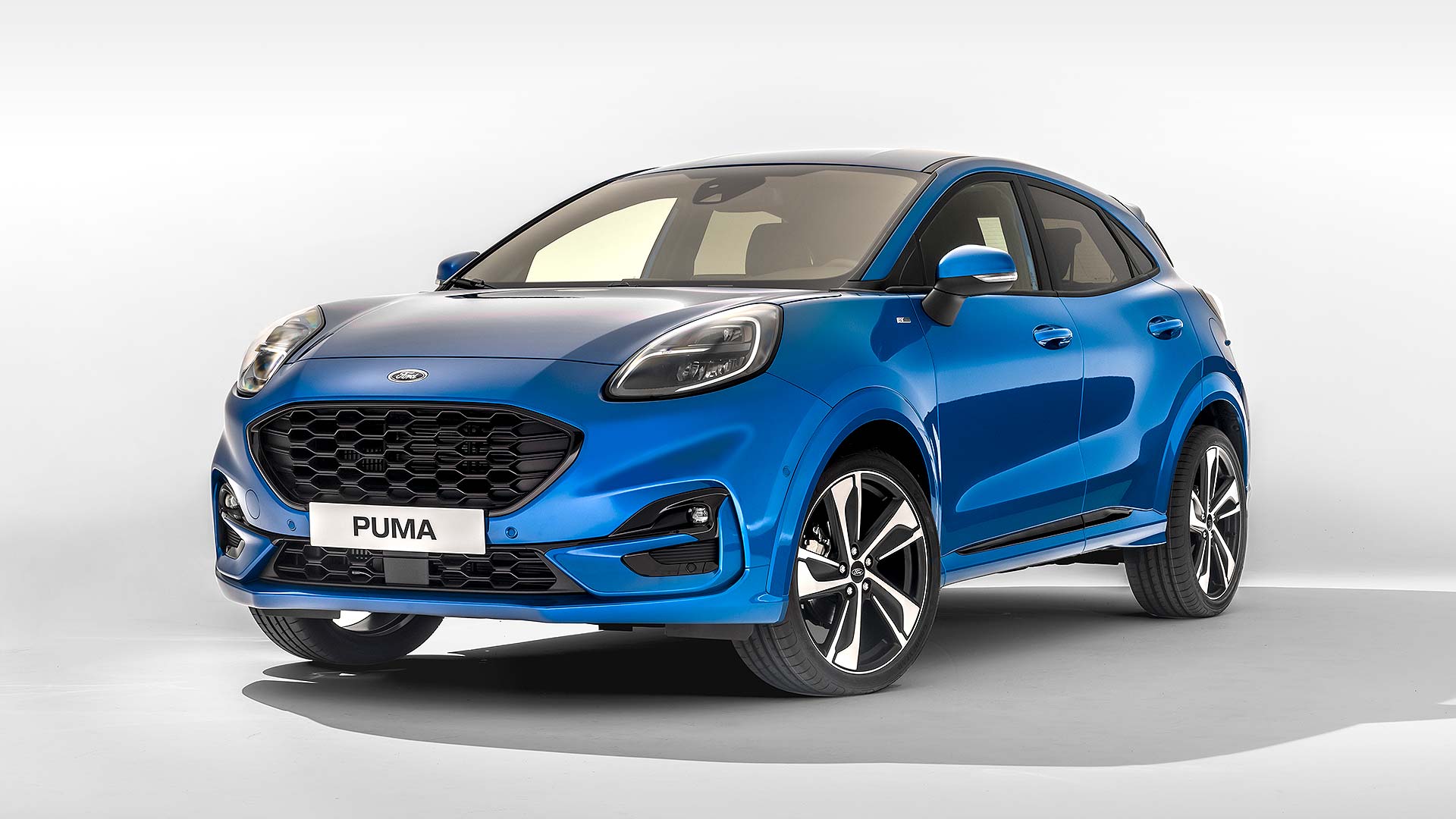 The new Ford Puma is a super-stylish small SUV that looks set to cause a stir in the sector when it goes on sale later this year. Not only does it look fantastic, it literally contains hidden depths inside, too.
The new Ford Puma is a super-stylish small SUV that looks set to cause a stir in the sector when it goes on sale later this year. Not only does it look fantastic, it literally contains hidden depths inside, too.
Going up against the Nissan Juke, Renault Captur, Seat Arona, Volkswagen T-Cross and umpteen others, the Puma sits between the Ecosport and Kuga in the Ford range.
It doesn’t replace Ecosport, and arrives just months after the similarly stylish new Kuga goes on sale, in December 2019. Ford’s SUV game is about to get serious.
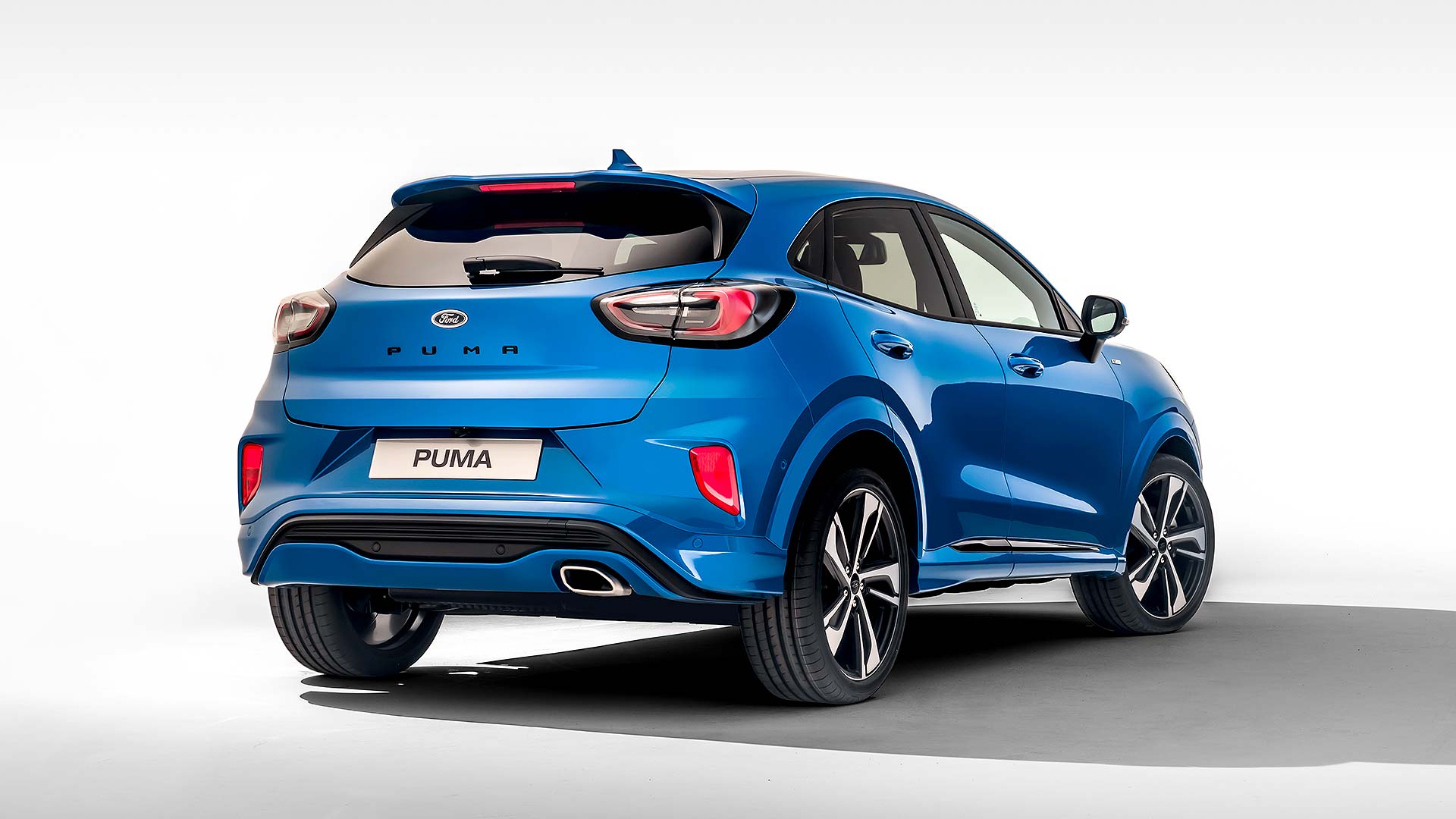
Designer Thomas Morel says styling has been central to the creation of the new Ford Puma, which began with sketches back in 2015. “We wanted it to stand out in a crowd,” he told Motoring Research.
Describing how the Puma team brainstormed in a single room dedicated to the Puma project, Morel said the design team “had much more leverage” to create the vehicle they wanted. “We wanted it to have attitude, and character, with simple, sculpted lines and no odd quirks.”
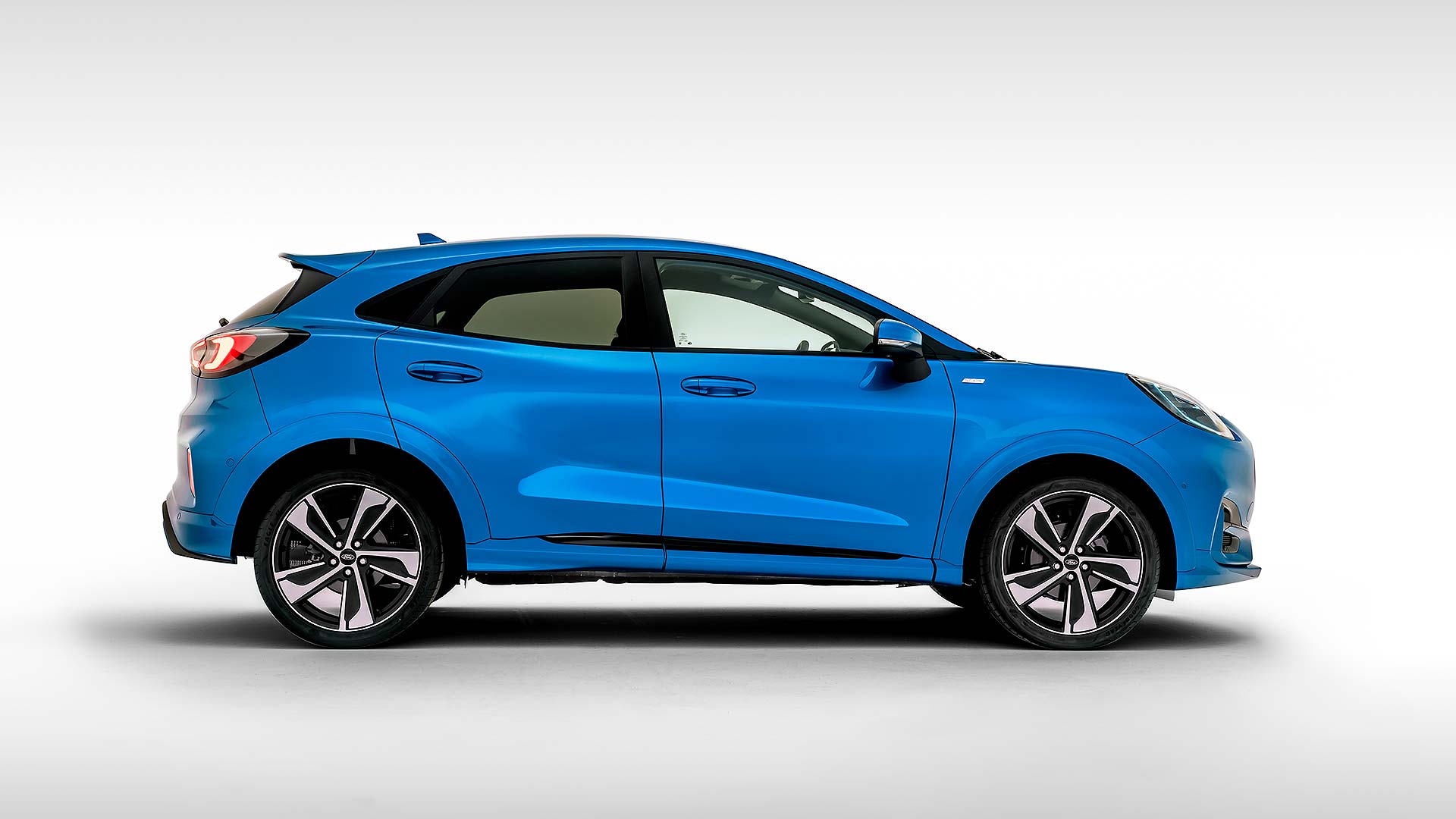
The high front end, with vertical headlights that hint at the Ford GT, is distinctive, and the side featureline swoops down as it moves rearwards; Morel calls it ‘anti-wedge’. The Puma has a sporty rear roofline and muscular rear wheelarches.
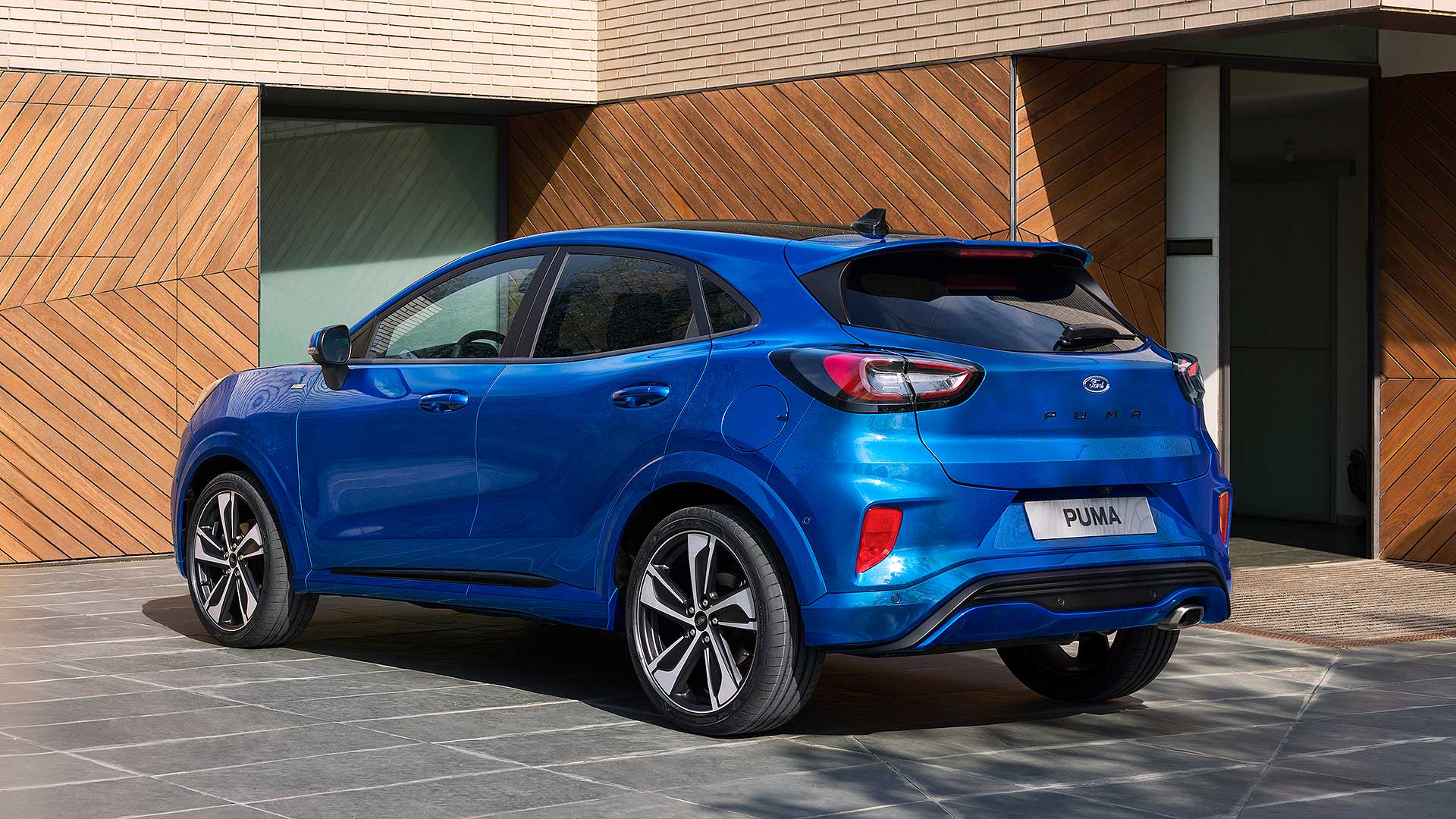
It has a squat, foursquare stance on the road, thanks to a wide track and tyres bigger in diameter than even a Ford Focus.
Fiesta roots
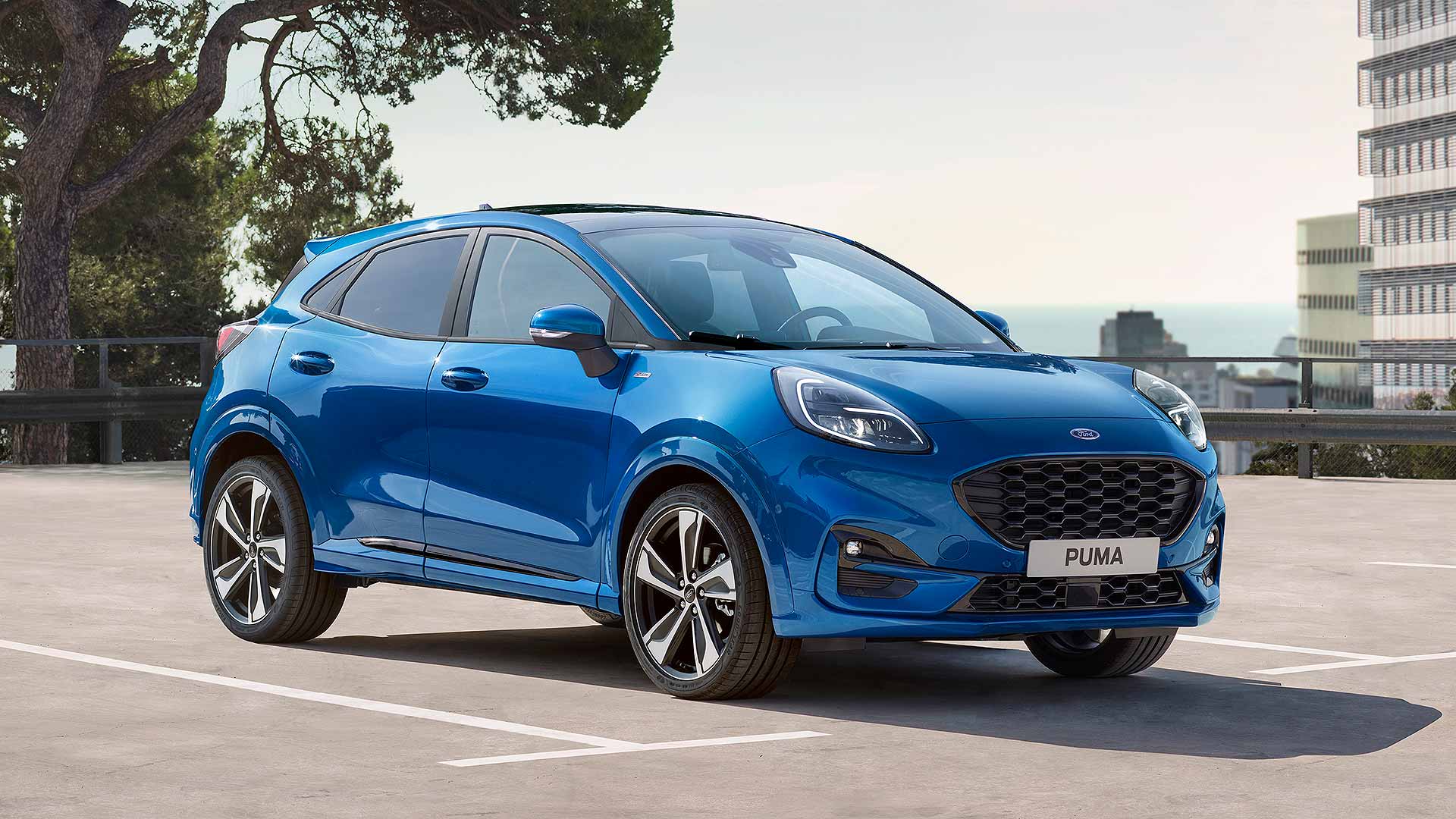
The new Ford Puma is derived from the acclaimed Ford Fiesta platform. It is 4186mm long, 1,805mm wide and 1,537mm tall: a Fiesta is just over 4 metres and an Ecosport is 4.1 metres.
The Puma’s dimensions are similar to rivals such as the Captur and T-Cross.
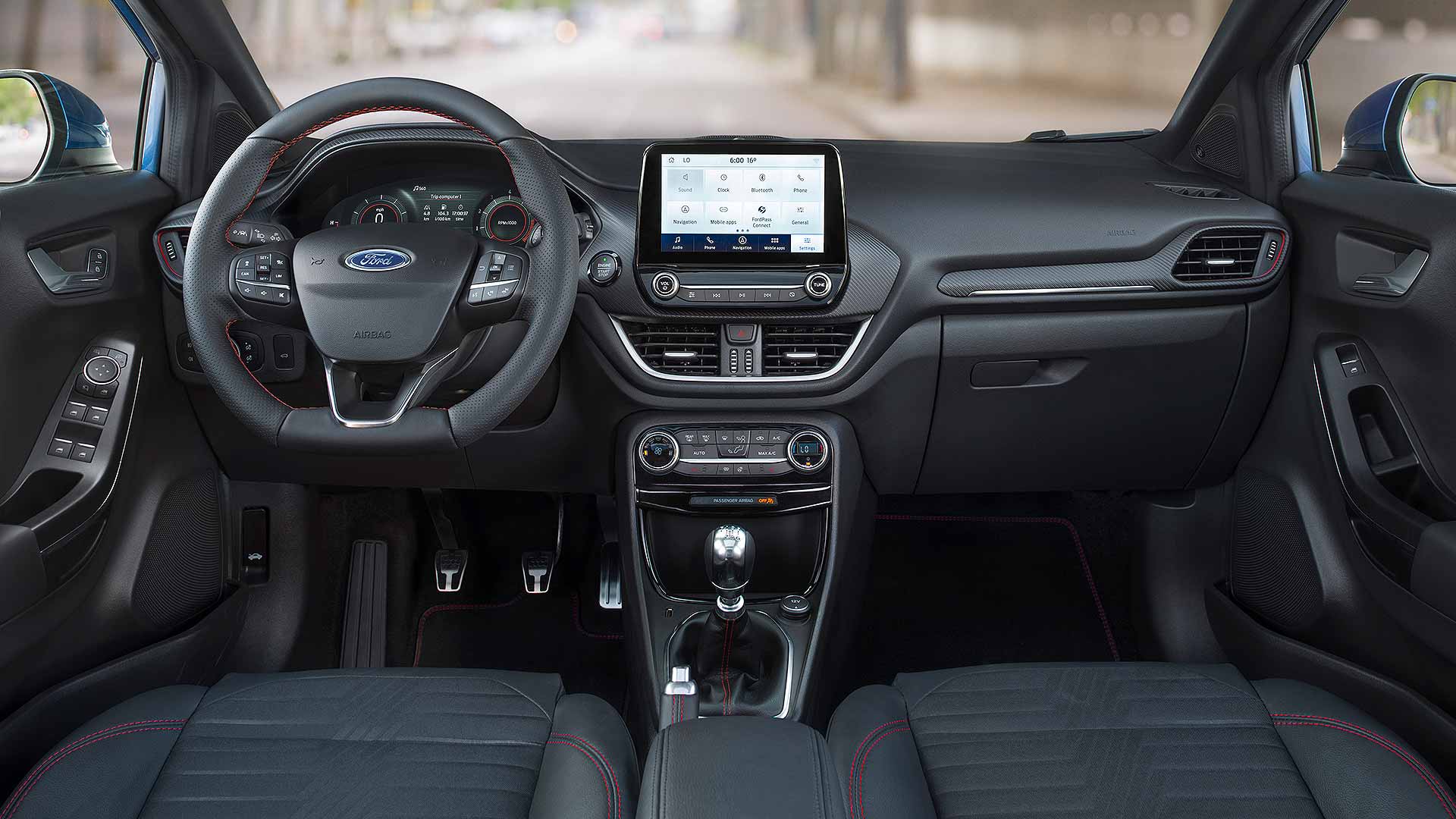
Inside, the dashboard architecture is similar to the Fiesta too, although it’s deeper and occupants sit 60mm higher off the ground.
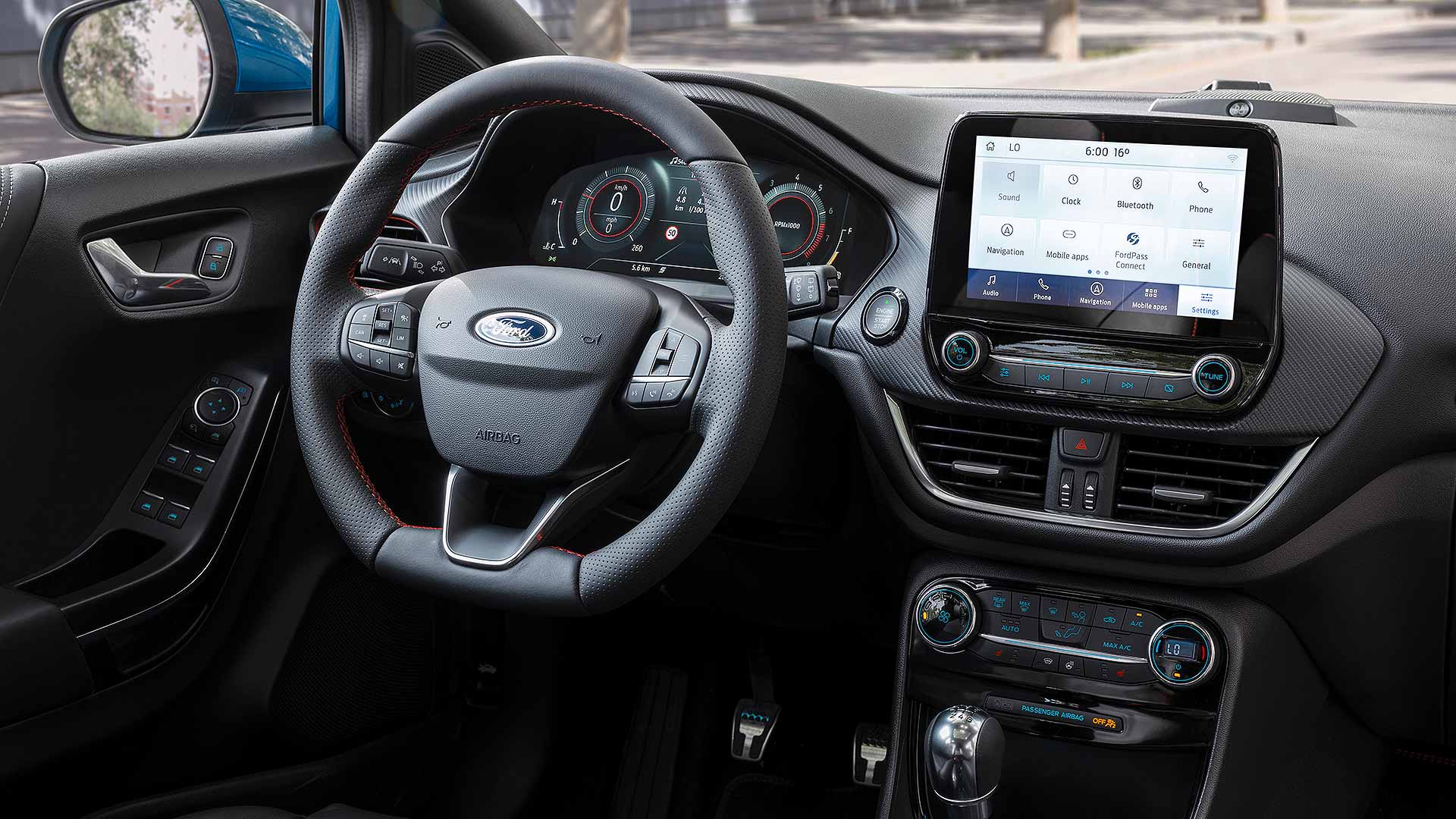
There are lots of soft-touch plastics, the option of an all-new digital instrument cluster, and plenty of cubbies “because people expect more storage.
“We wanted to create an interior that made people confident and feel protected.”
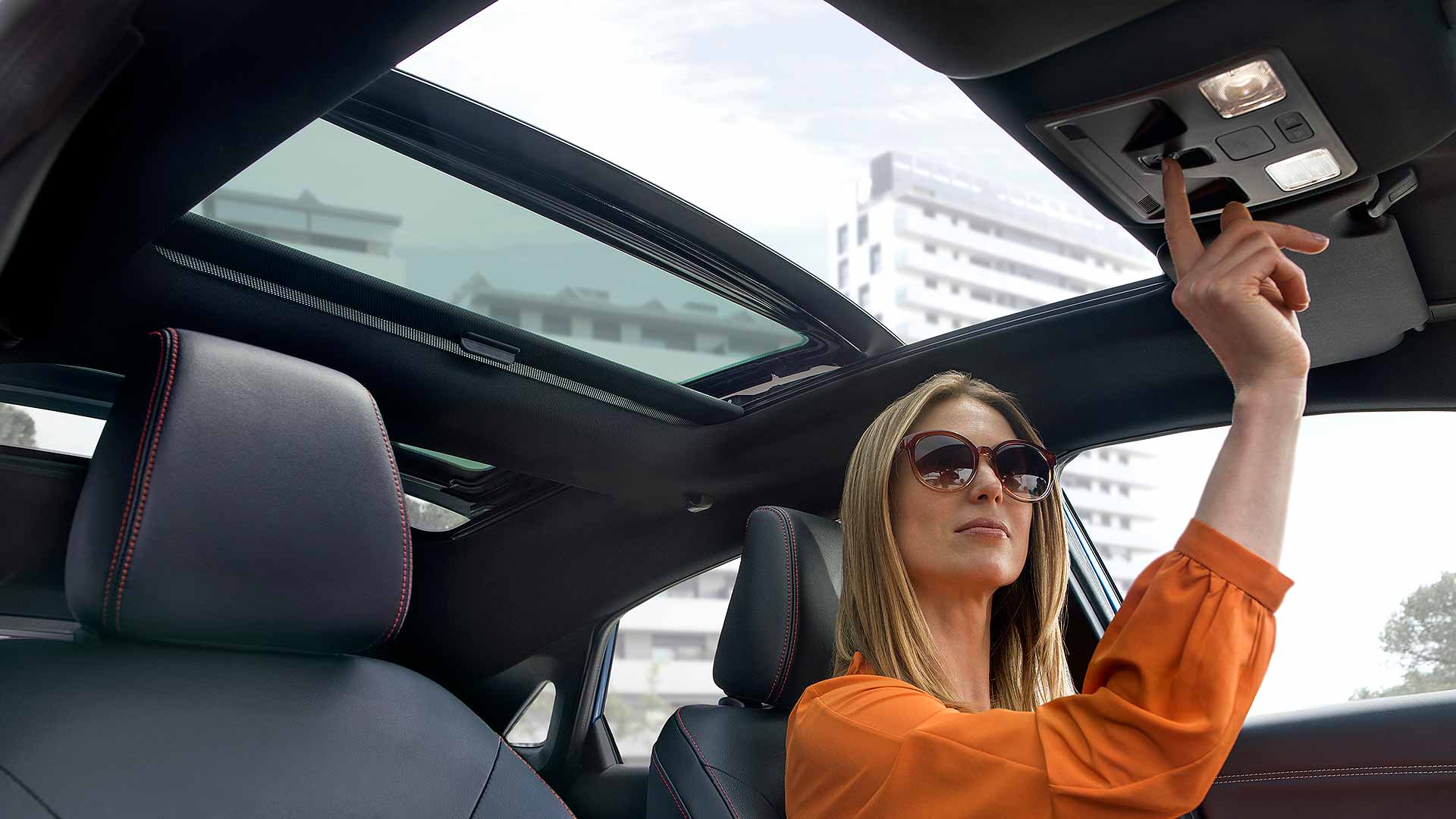
It is roomy and comfortable up front, and surprisingly spacious in the rear. Six-foot-tall adults will find sufficient headroom, knee room and space for feet.
Ford is even offering washable seat covers that can be easily unzipped and placed in the washing machine.
Practicality points
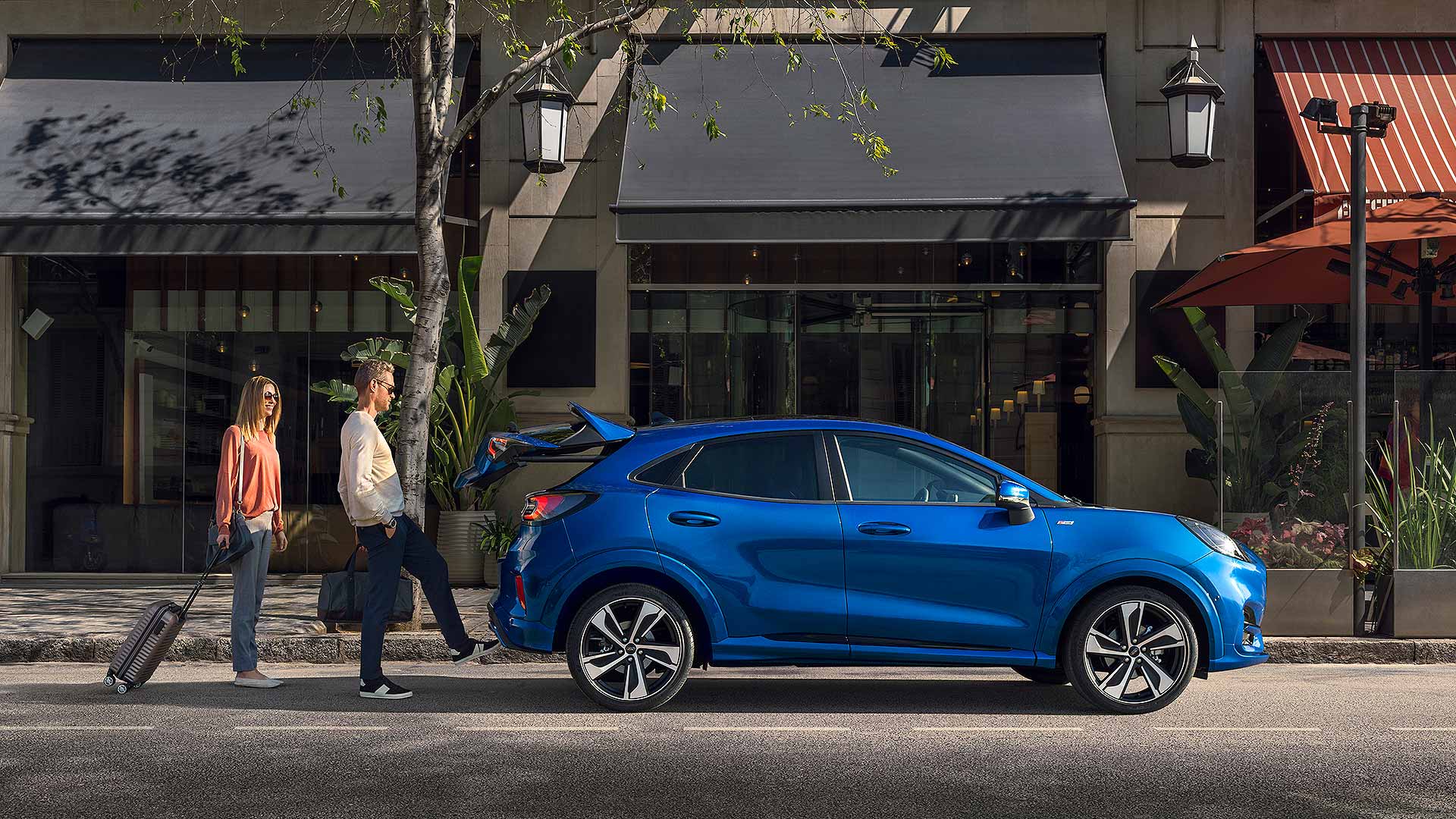
But it is the boot that packs the biggest surprise of all with the new Ford Puma. Despite the stylish appearance, it is enormous.
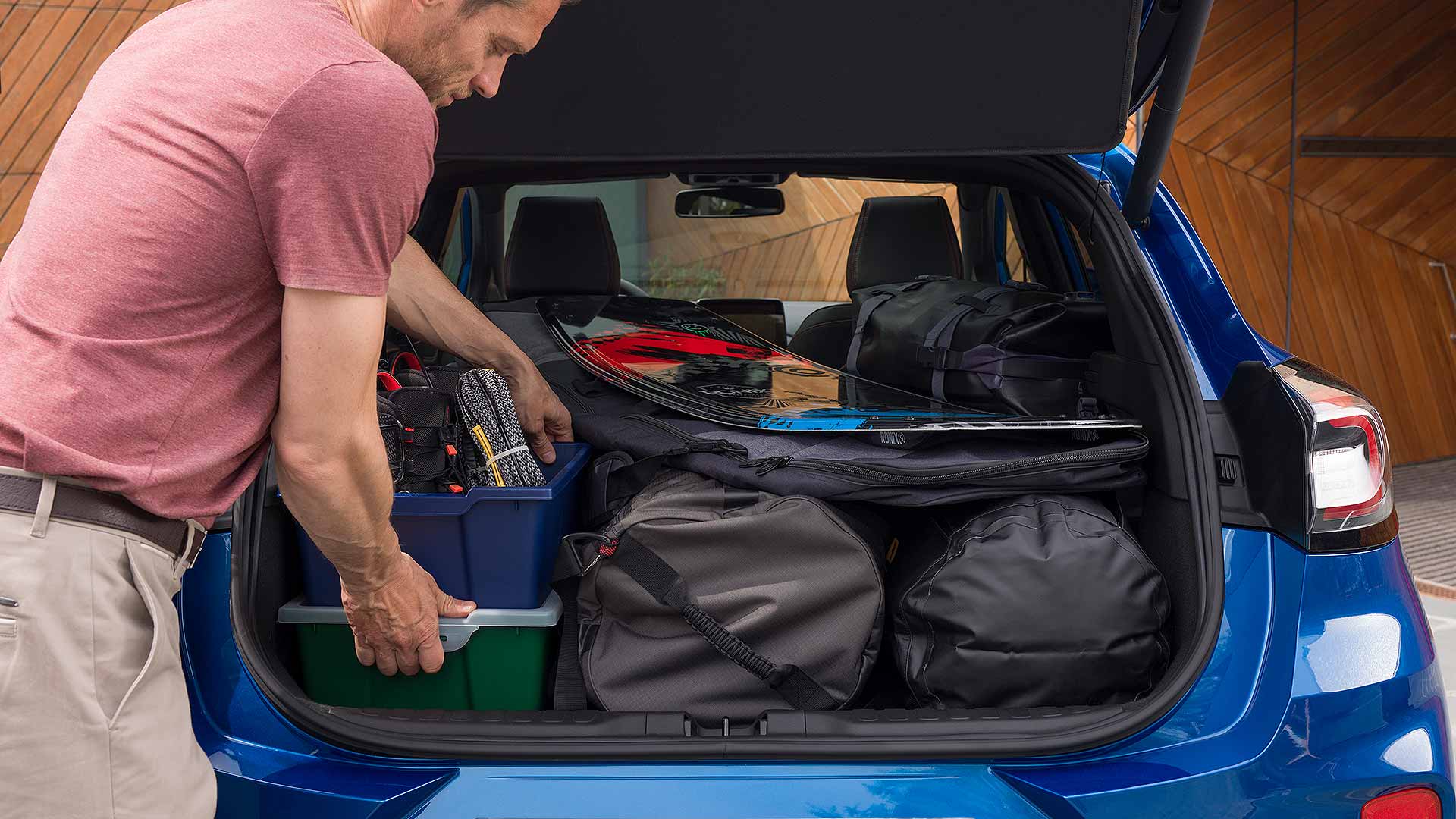
A total of 456 litres is larger than anything in this class and bigger than today’s Ford Kuga, a much larger vehicle.
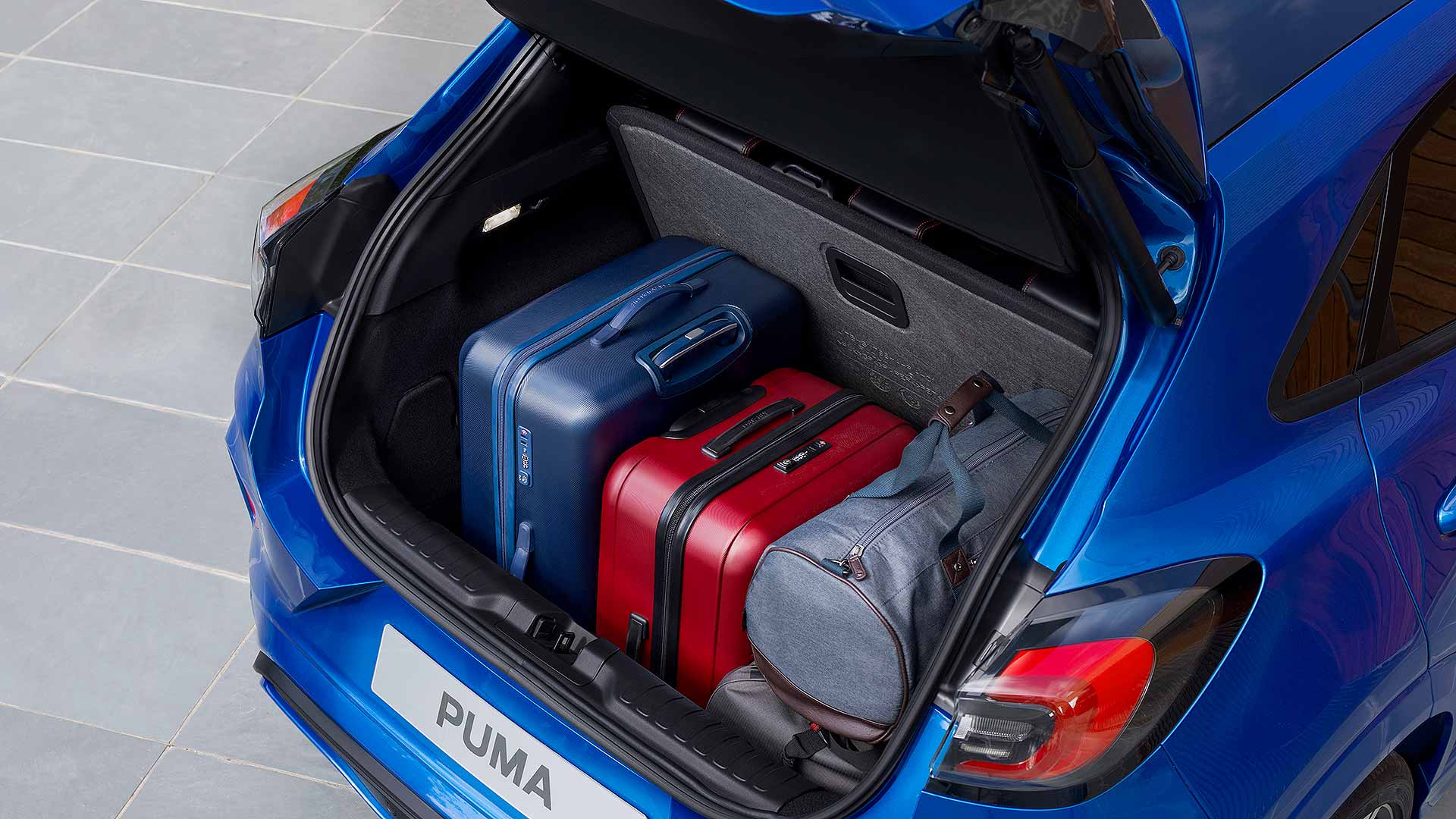
It can take loads 1 metre wide, up to 1.15 metres tall, and swallows numerous suitcases and folding bicycles with ease. A clever new parcel shelf design, attached to the tailgate, further aids practicality.
Ford also brings this sector’s first hands-free power tailgate as an option.
The real surprise is beneath the boot floor, though. This is the Ford MegaBox, an 80-litre plastic box that gives more space, more practicality and more usability.
Video: Ford MegaBox
Ford demonstrated it by loading in two sets of golf clubs, packed upright: the tailgate still closed.
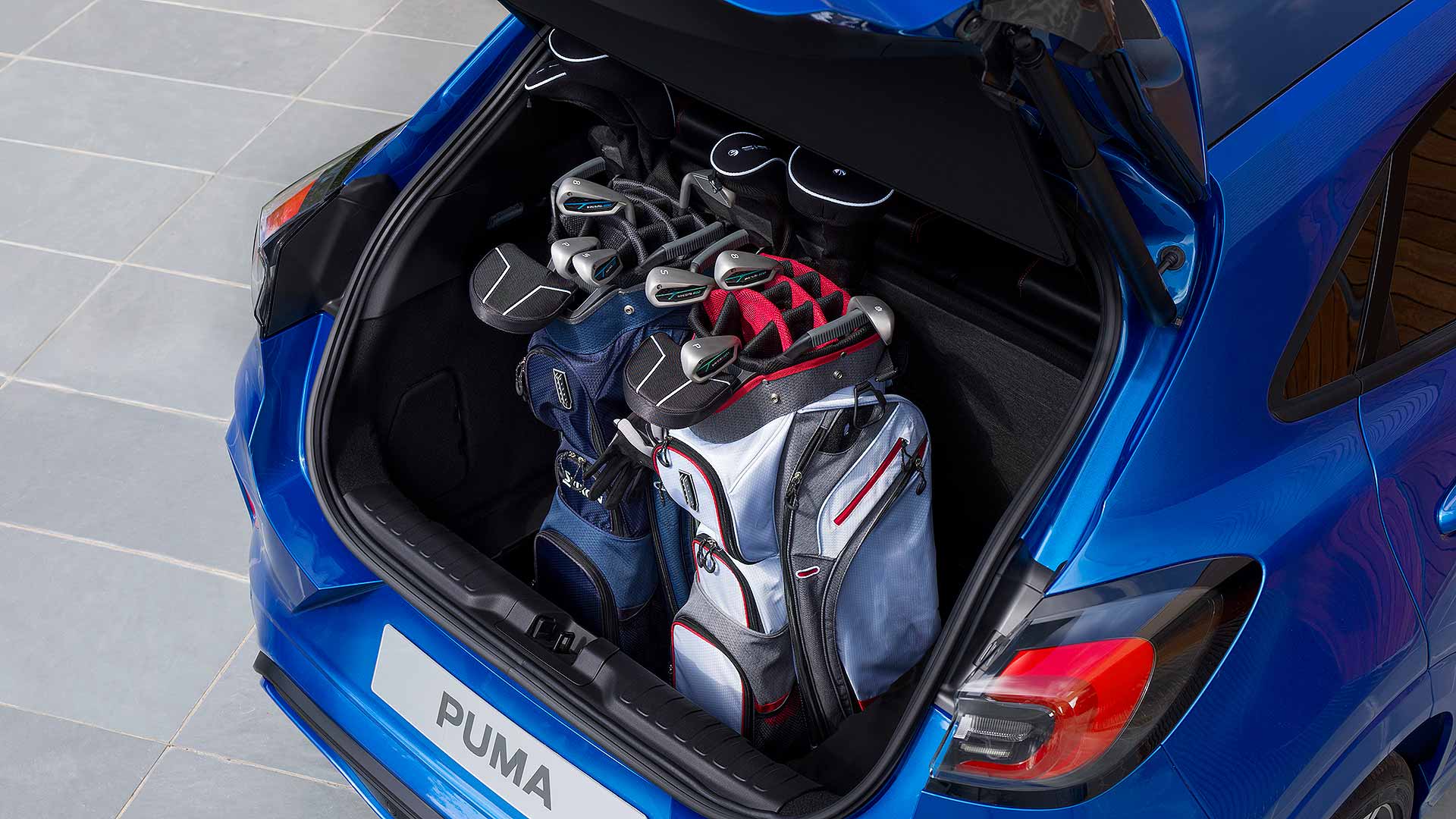
Because it is tough, washable plastic, muddy items can be thrown in and stored out the way.
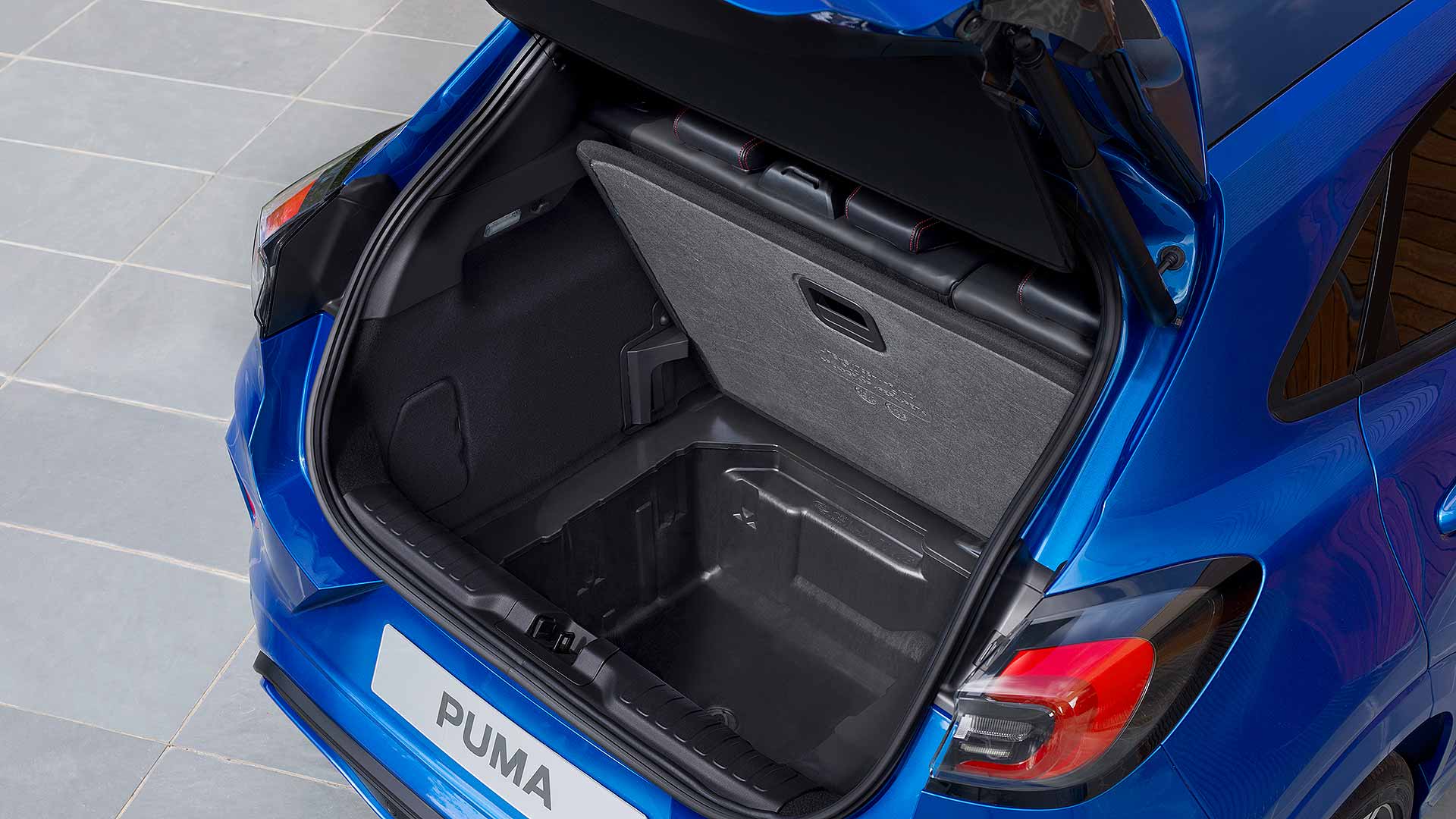
Brilliantly, it even has a drain plug: rinse it out with a hose, pull the plug and the water drains away.
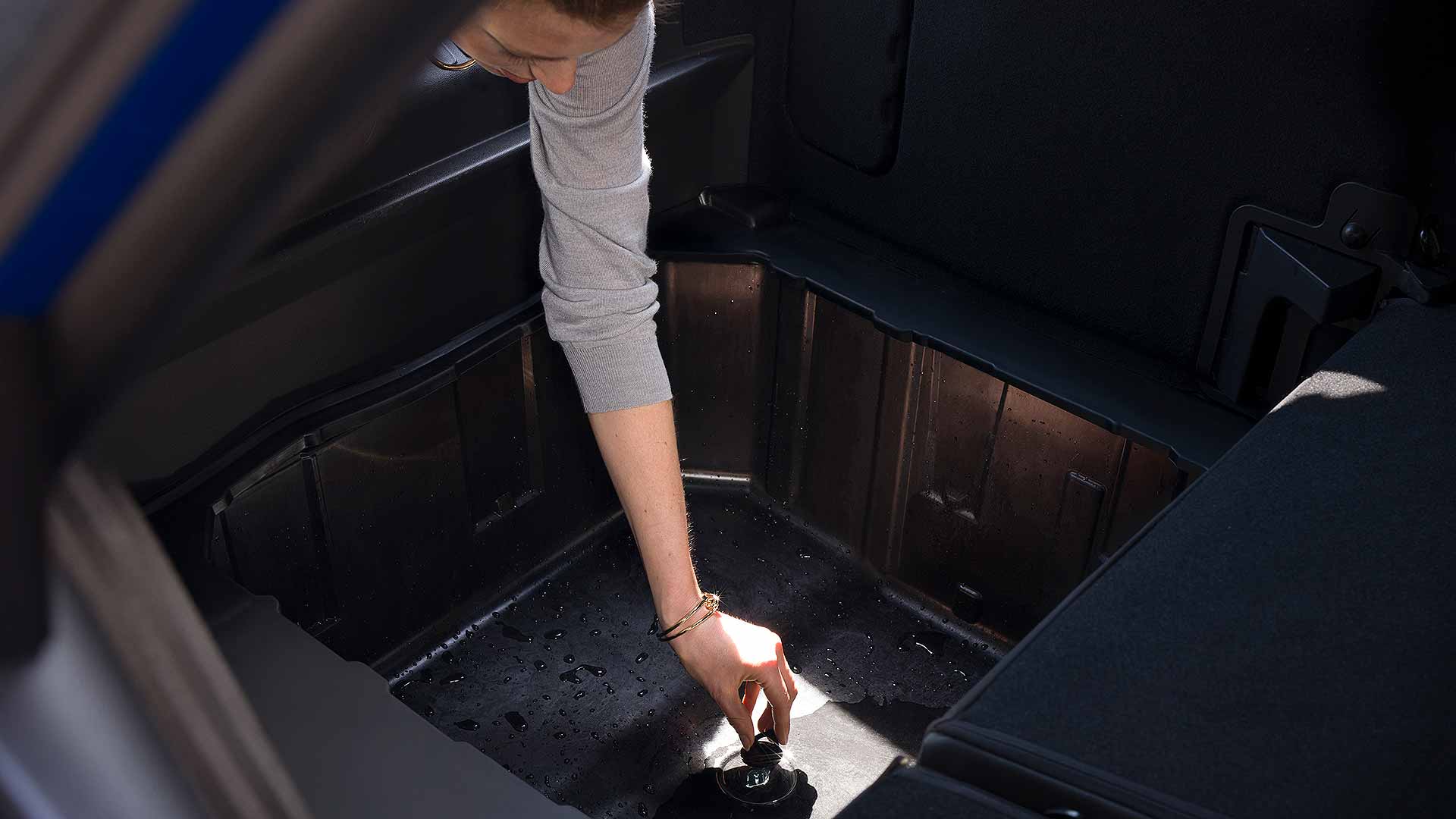
The Ford Puma’s MegaBox is a sector-standout feature that takes practicality to an entirely new level, particularly for those used to the sorely compromised Nissan Juke. Ford admits one of its biggest challenges will be communicating how practical the stylish new Puma is…
Puma power
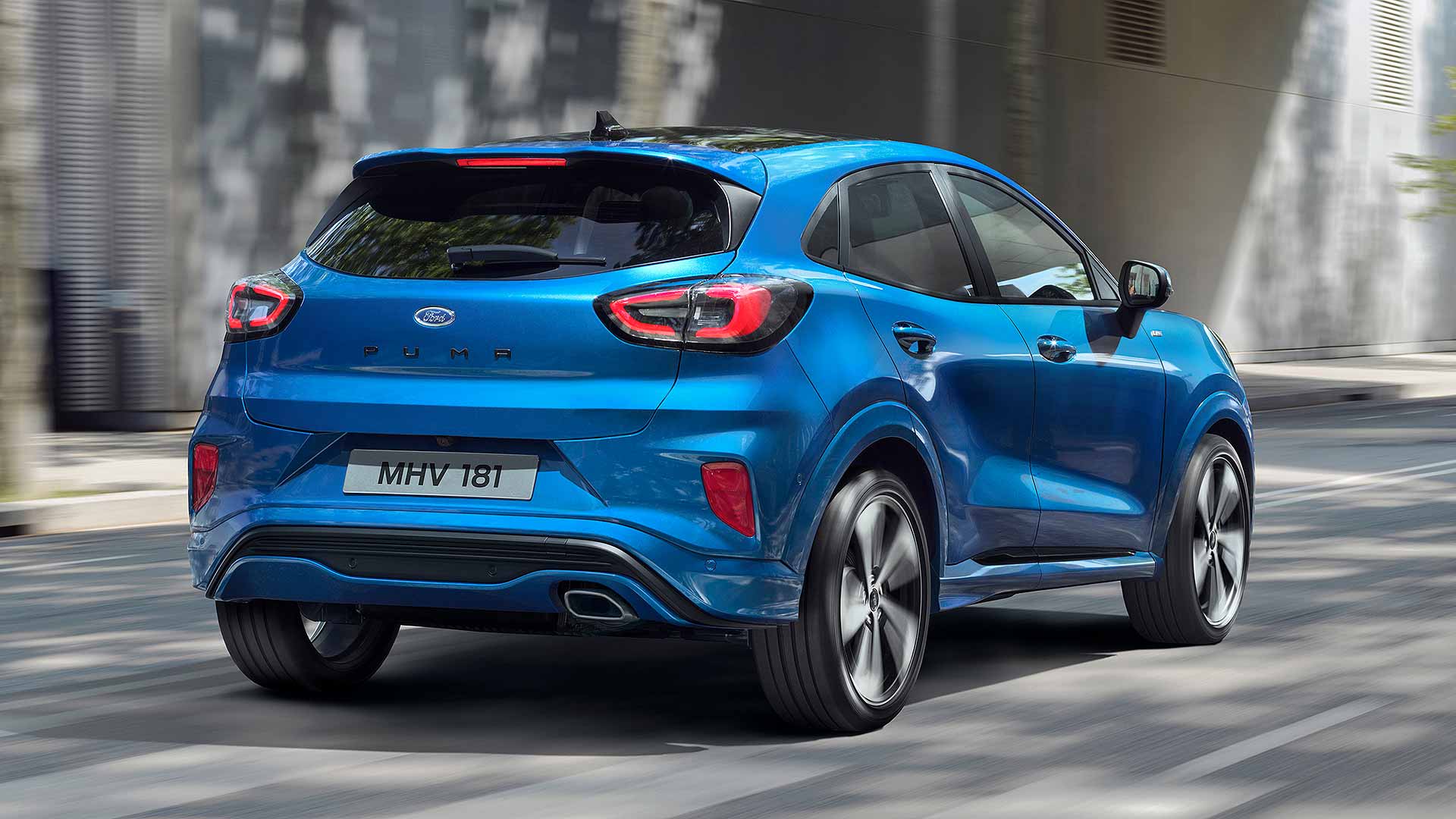
Engine-wise, the Puma will launch with two petrol engine options, the 1.0-litre Ecoboost with either 95 horsepower or 125 horsepower.
In November 2019, two mild hybrid ‘MHEV’ versions will arrive, with 125 horsepower or 155 horsepower. Lower power one will be exceedingly economical, with CO2 emissions from 124g/km.
A 1.5-litre diesel and a seven-speed DCT automatic will follow in May 2020.
Ford is also promising the new Puma will handle much better than the competition. It will be roll-free and use its ample Focus-like track width to offer an ability “far higher than its rivals”.